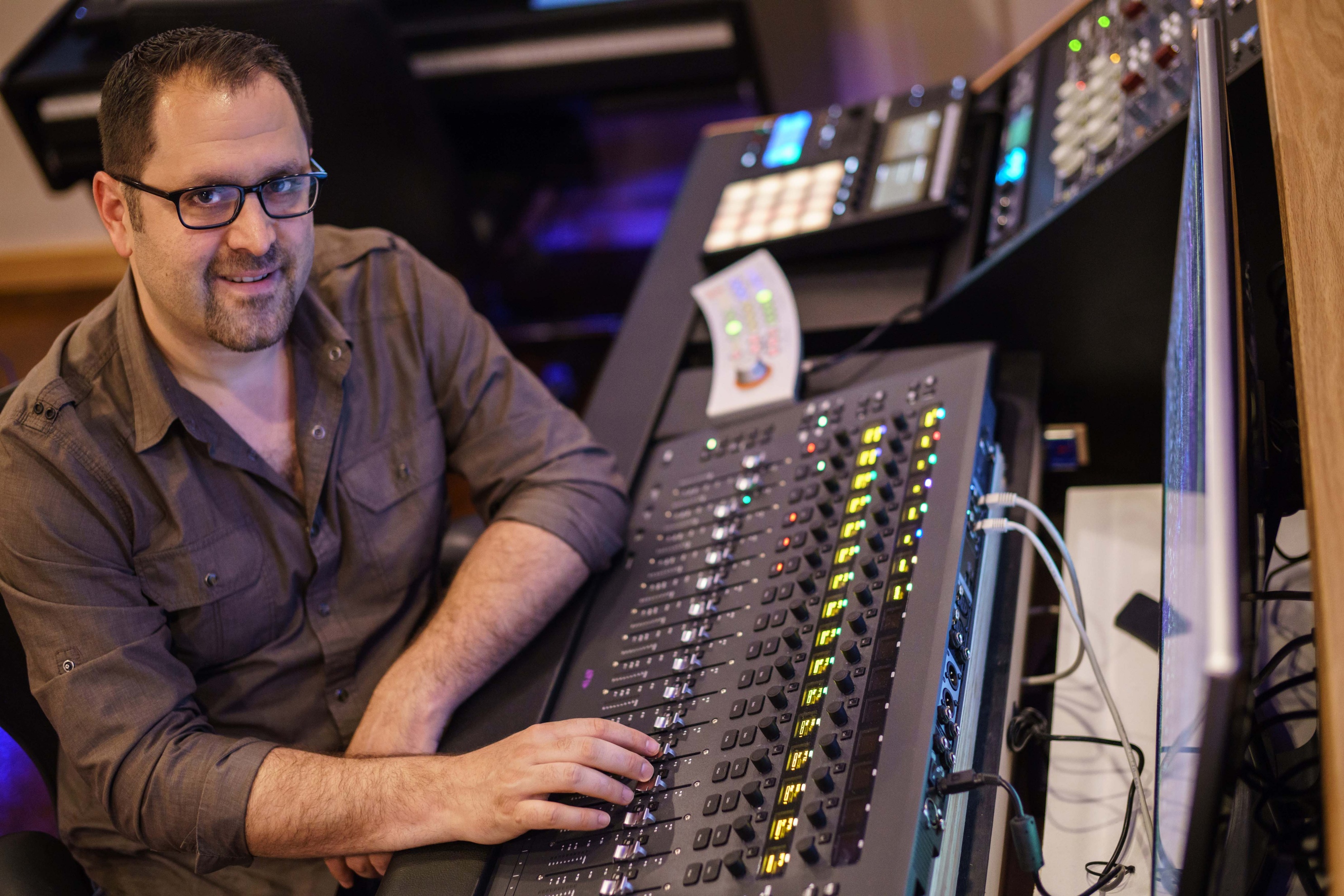Revolutionizing Music and Sound Design with AIGC

Introduction to AIGC in Music and Sound Design
Artificial Intelligence and Machine Learning in Music and Sound Design, commonly referred to as AIGC, is a rapidly growing field that combines the power of technology with creativity. AIGC has the potential to revolutionize music production by allowing artists to create new sounds and compositions quickly and efficiently. With AI algorithms capable of analyzing large amounts of data, including various types of audio files, it can provide composers with insights into new ways to approach their work.
AIGC can also be used for sound design in film and gaming industries. For example, AI algorithms can analyze thousands or even millions of different sound effects from existing libraries based on specific criteria such as frequency range or duration. This makes it possible for sound designers to find unique sounds more easily than ever before.
One exciting aspect of AIGC is its ability to generate original musical scores autonomously using machine learning models trained on existing works. These models learn patterns in music theory and composition through analysis of vast collections from different genres; they then use these patterns as inspiration for creating entirely new pieces without any human intervention.
Overall, AIGC represents an incredible opportunity for musicians, filmmakers, game developers – anyone working creatively with sound –to enhance their efficiency while exploring new frontiers in artistic expression. As this field continues developing at a rapid pace we're sure there will be many other exciting innovation opportunities yet untapped!
Impact of AIGC on the Music Industry
Artificial Intelligence and Generative Computing (AIGC) is revolutionizing the music industry, providing new opportunities for artists, sound designers, and industry professionals. This section will explore the potential benefits and challenges of AIGC in music production.
Creating New Genres of Music
AIGC can help create new genres of music that were previously impossible to produce with traditional methods. For example, AI-generated music has been used to create unique blends of multiple musical styles such as "neoclassical darkwave" or "ambient folktronica." AIGC algorithms can also analyze existing works from different genres to generate entirely new compositions based on those elements.
Furthermore, AIGC enables artists to create more innovative and unique sounds by analyzing large amounts of data about various aspects like rhythms, melodies, harmonies et cetera. By doing so it allows them to combine these into a cohesive whole that evokes emotion in listeners.
Improving Accessibility and Democratization of Music Production
One significant impact of AIGC is improving accessibility and democratization in making music production more accessible for everyone. It has reduced both the cost barrier as well as technical expertise required for creating high-quality compositions. As such it provides an opportunity for people who may not have access or resources necessary before now possible due to this technology.
For instance, software such as Amper Music uses AI-powered tools designed explicitly for people with little-to-no experience in musical composition while still allowing them control over their creations. Additionally, researchers are developing ways that allow disabled people who cannot play instruments traditionally produce music using brain-computer interfaces connected through AI systems therefore enabling a wide range of individuals from different backgrounds including cultural heritage express themselves creatively through electronic means.
Challenges and Opportunities for Artists and Industry Professionals
While there are many advantages offered by AICG technologies however they present some challenges too especially regarding employment prospects & ethical implications related issues surrounding artistic creativity ownership.
For instance, AICG algorithms can perform some tasks that traditionally required human labor such as creating harmonies or drum patterns. As a result, the use of AI-generated music may lead to reduced demand for certain types of musicians and sound designers in the industry along with concerns over artistic creativity ownership where artists might feel like their own work is less authentic than if it had been created without any assistance from technology.
On the other hand, there are opportunities presented by AIGC in terms of increased efficiency and productivity. For example, producers can quickly generate ideas based on data-driven insights rather than having to rely solely on intuition or experience. Additionally, AI-assisted mixing and mastering tools help professionals work more efficiently while ensuring consistent quality across different tracks.
Overall, AIGC presents both exciting possibilities and potential challenges for those involved in the music industry. It is clear that these technologies will continue to shape how we create and consume music into the future; however careful consideration must be given towards their impact on employment prospects & ethical implications surrounding creative output ownership before adopting them into mainstream usage entirely.
The Role of Human Input in AIGC-Driven Music Production
In the age of Artificial Intelligence and Machine Learning, there is a growing trend in music production towards using AIGC-driven systems to create new sounds and compositions. However, it is important to remember that while these systems can analyze vast amounts of data and generate seemingly endless variations on musical themes, they lack the creative spark and intuition that only humans possess. Therefore, human input plays an essential role in AIGC-driven music production.
The Importance of Human Input
Humans bring unique perspectives, experiences, emotions, and cultural influences to the creative process that are impossible for machines to replicate. While AIGC algorithms may be able to recognize patterns or structures within existing musical works, they cannot understand their deeper meanings or context without human guidance. Additionally, humans have the ability to make aesthetic judgments based on personal tastes and preferences which can help steer machine-generated content towards more desirable outcomes.
Potential for Collaboration
A potential benefit of AIGC-driven music production is its ability to collaborate with human musicians or sound designers. By combining machine-generated ideas with those created by humans can produce truly innovative results beyond what either could achieve alone. For example; a system might present several possible chord progressions for a given melody line; then a musician could choose one as inspiration for crafting additional melodies around it based on their own creativity.
Ethical Implications
As we continue down this path toward greater integration between man-made creations like AI technology into our daily lives including Music industry , there are ethical implications such as ownership rights over compositions generated wholly or partly by machines instead of people who've invested time & effort creating original work from scratch ; privacy concerns about how companies use data gathered through user interactions with software etc.
Overall - It's clear that while AIGC has great potential in revolutionizing music production processes but ultimately it will need collaboration between machines & humans working together effectively if we want innovation without sacrificing creativity or ethics along the way!
Conclusion
In conclusion, AIGC is revolutionizing the music and sound design industry by innovating creativity and efficiency. Through the use of machine learning algorithms, AIGC is able to analyze large data sets and generate new sounds that were previously impossible to create. This technology has already been used in various applications such as film scoring, video game development, and music production. The potential of AIGC in this field is immense as it can assist sound designers in generating unique sounds quickly while providing musicians with new tools for experimentation. However, there are still limitations to be addressed such as ethical concerns regarding copyright infringement and loss of jobs due to automation. Overall, the future looks promising for the integration of AIGC into music and sound design practices.
See Also
Transforming News with AIGC: Impact on Facts and Distribution
Maximizing Business Efficiency with AIGC: Tips and Benefits
Innovating Healthcare with AIGC: Opportunities and Challenges
Revolutionizing Online Shopping with AIGC: Advantages and Challenges
Revolutionizing Advertising with AIGC: Personalization and Targeting

